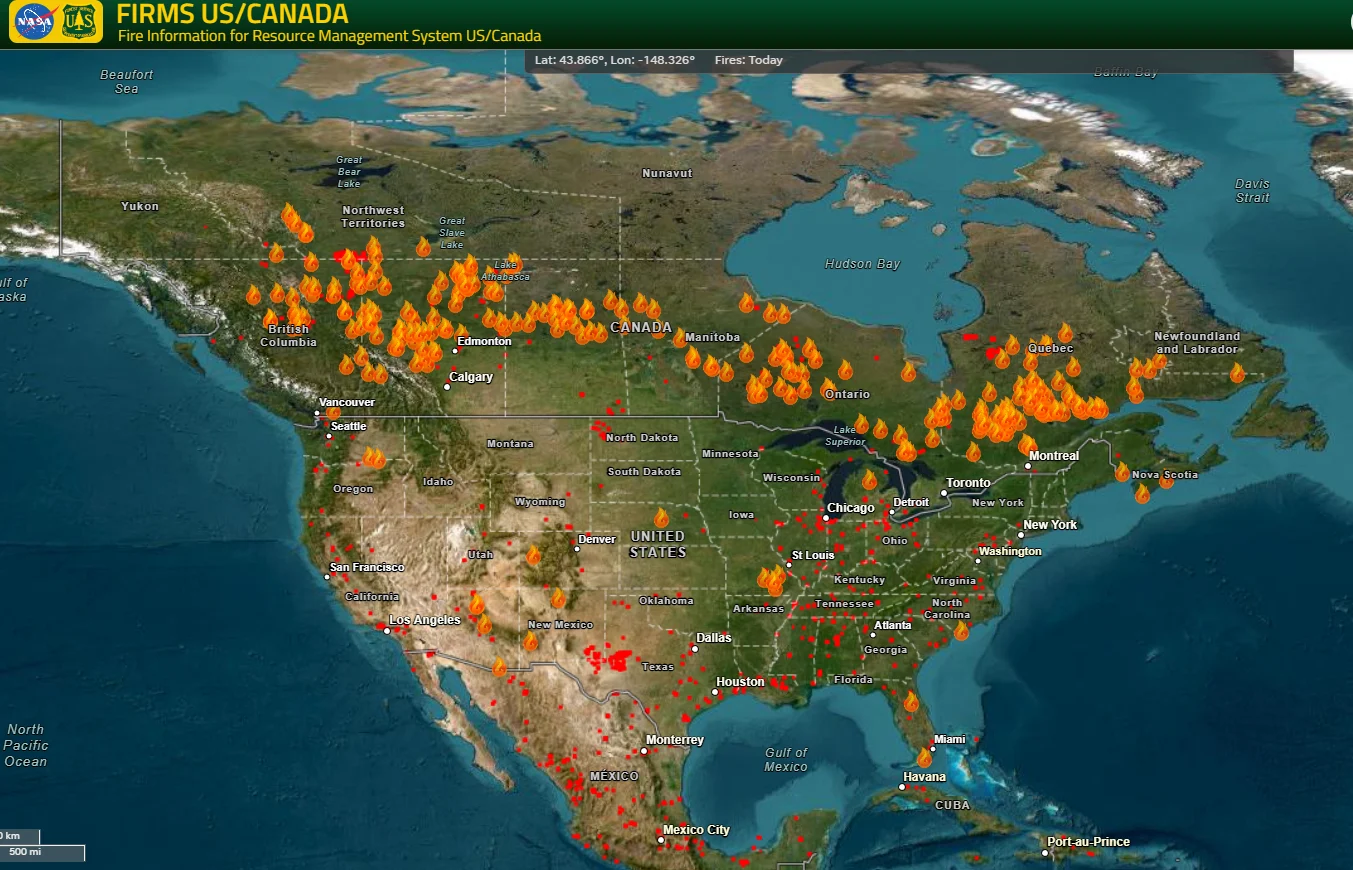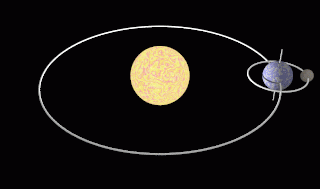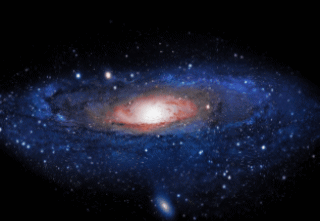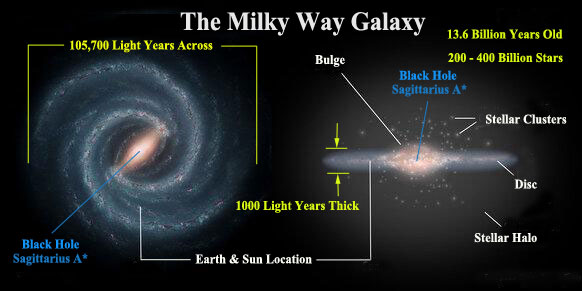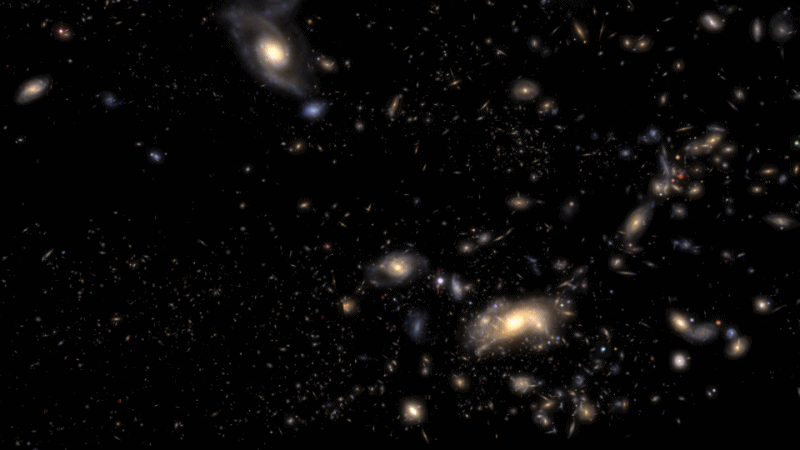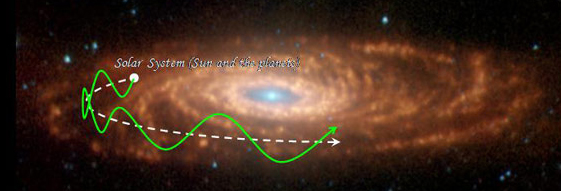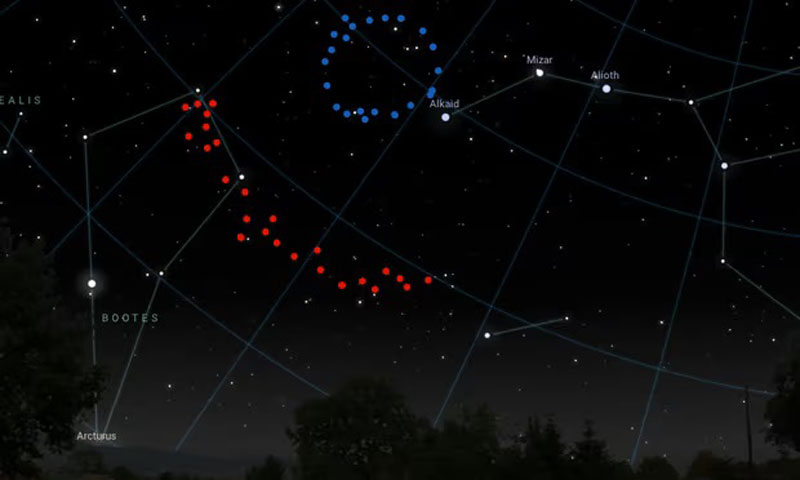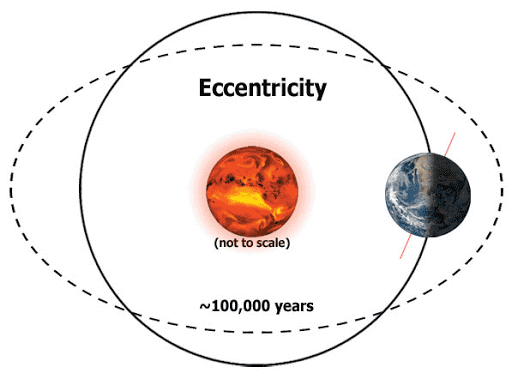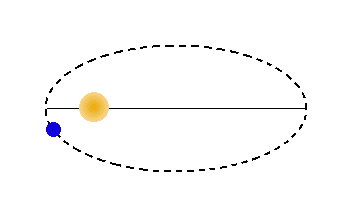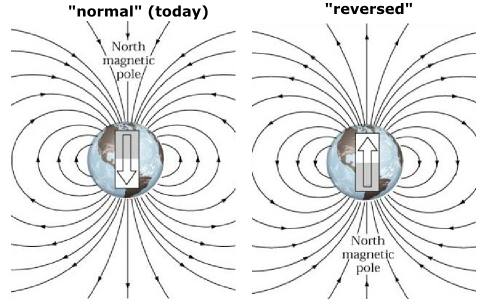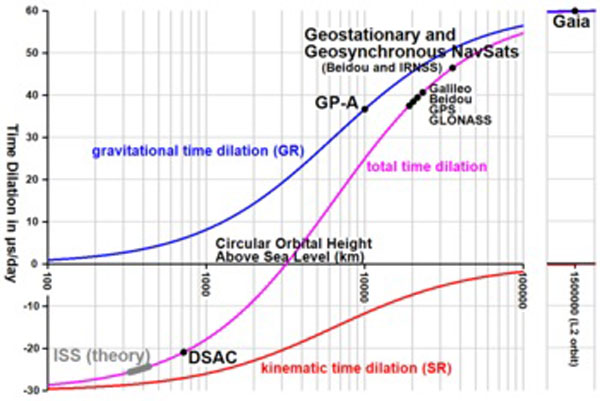Phase ConverterSingle Phase to 3 PhaseI needed to power a 5 horsepower 3 phase electric motor but I only had access to single phase residential power. After a lot of research I found that there are several solutions to this dilemma but at a cost of $1500 or more. Below I will give you the opportunity to see how I built my rotary phase converter for under $500. Yes it can be done. I am running a 220V 4.8 HP 3 phase motor on 220V single phase power and it works very nicely. So why even bother trying to use a phase converter? 220V single phase power is more common than 220V 3 phase power. Most heavy duty industrial type tools and equipment are made with 3 phase electric motors because in addition to being less complex than single phase motors they are more efficient, powerful, and reliable than single phase motors. Electric motors on tools that come from over seas often have 3 phase electric motors. Used machinery with 3 phase motors typically sell for much less because of the 3 phase motors. However, 3 phase motors are much more desirable than single phase motors especially where larger machine tools like mills, lathes, and saws are concerned. So with a simple phase converter, those 3 phase motors can be put to good use. Additionally, several 3 phase machines can be supplied 3 phase power by one converter. There are several options available to get a three phase electric motor to run on single phase power. The first and most obvious option is to replace the machine's motor with a single phase motor. But this may not be possible on most machines for a multitude of reasons. Motor cost, shaft diameter, horsepower, and mounting limit this alternative almost every time. Better alternatives are to use one of several single phase to three phase converter methods that will allow a three phase electric motor to run on single phase power. There are three basic types of converters: static, rotary and electronic. Of the three, the static type phase converter is the least expensive. A static phase converter has no moving parts and needs to be sized for the motor it's running. Unfortunately, a static phase converter reduces the available horsepower of the motor by about a third and has difficulty starting air compressors and other machines with heavy starting loads. The reduced horsepower often isn't a problem and can be compensated for by reducing the feed rate or by taking lighter cuts. But overloading or stalling a motor hooked up to a static phase converter will cause destructive overheating of both the motor and the phase converter. A hard-to-start machine can be run by first starting another lightly loaded machine, an "idler" that serves as an electrical flywheel to start the second machine. A surplus three phase motor can be used as a dedicated idler that runs continuously to improve both the starting and the running of other motors hooked up to a static converter. A rotary phase converter functions as both a motor and a generator. As a rotary phase converter is spun by single phase power, it generates three phase power to run other machines. More expensive than a static converter, a rotary phase converter costs around $600 for a 3-hp unit but doesn't have the starting and reduced power problems that occur with a static converter. If you expect to own several three phase machines, buy a good sized rotary converter, which will be more economical in the long run. I modified this method and ended up at a cost of less than $500 to power a 4.8 HP 3 phase motor which includes a 50' extension cord, plugs and receptacles, and ancillary parts. An electronic phase converter is technically called an inverter and most catalogs will list this device under that name. An electronic inverter transforms single phase power into direct current and then uses microchip guided controls to simulate three phase alternating current. The electronics in an inverter allow you to control the motor's speed, torque and direction of rotation, and often allow for a soft start to bring the machine up to speed gradually. Most of the added control offered by an inverter would be wasted on a table saw but would be a great advantage on a lathe. Because it must be programmed, an inverter typically is dedicated to running only one machine 3 phase motor, but with compromises, it can be used to run several 3 phase motors. The price of inverters has been dropping steadily over the last few years but they are still expensive. If you can afford the cost, in my opinion, this is the best way to convert single phase power to three phase power. Choosing the right type and size of phase converter and hooking it up correctly can be complicated. You should do some research and get more advice before investing in a converter or an inverter. Manufacturers of converters and inverters offer extensive literature and phone consultations. Should you choose to attempt to build one yourself, you should consult a qualified electrician or person experienced with working with electricity and electric motors before moving forward. So that is about it. You have all of the information you need to make an intelligent decision about what phase converter might suit your particular application. However, if you want to consider making your own rotary phase converter and if you want the nickel tour of how I did it - no pun intended - I have detailed what I did with pictures and a couple of schematics in another web page. You can purchase this information by emaiing me at phaseconverter@totalwebinfo.com where you will receive instructions as to how to provide me with $5 and I will email you the link to the information. I show all of the details of how I put my phase converter system to work. Motor sizes, wire sizes, receptacles, connections, and where I purchased my parts. This transactions is NOT refundable. Why $5? It took some effort to get this thing to work right. The information by way of pictures along with some very needed practical experience information will make everything clear as to how I did it and maybe keep you from hurting yourself or someone else.How to tell if you have 220V single phase power in the first place? What does 220V single phase even look like?Places to look for a 220V single phase outlet would be in a utility or laundry area where there is a close dryer. If you have 220V single phase, you will find a fairly large 3 inlet receptacle. The exact configuration will depend on the amperage of the circuit breaker in your fuse box. This will generally be a 30 amp service. Always use the correct plugs and receptacles that accommodate the supply voltage and amperage from your circuit breaker box. In the diagram below the R stands for the receptacle (female) and P stands for the plug (male). The number to the left of the P or R is the amperage. You can see what the various plug / receptacles look like for 250V - 20, 30, and 50 amp configurations. You must have 220V single phase power to run a 220V 3 phase motor. That is 2 separate 110V legs comeing to your breaker box.
You will need one of these receptacles somewhere in your house or garage. If you have one of these receptacles , you have 220V single phase power. I needed to power a 4.8 HP 220/440V 3 phase motor that powers a hydraulic router head for profiling granite. The machine is a $5000 machine that was worthless because I could not power the motor. I didn't know anyone who had 3 phase power. Not even some of the shops I went to had 3 phase power. However, I did have 220V single phase power at my house and shop. I built a rotary converter and it powers the hydraulic routers 3 phase motor. The 3 phase motor does not get hot even when run for a long time. It starts easily and has full power. I would have gladly paid someone $100 to tell me how to do this when I first need to power a 3 phase electric motor with single phase power. I was initially looking at spending more than $1500 on a setup that I did not need.  Now let me blow your mind!
|
Why Is Earth's Weather Changing?
Now let's look at the Earth's path through space and how it affects the weather. Global warming or cooling - absolutely. Manmade - a little but nothing like earth itself. No doubt humankind is contributing to weather change, but the earth's orbit will override and exceed anything man will do.
Why you ask?
The Earth's rotational axis is tilted slightly at 23.5 degrees. The Earth's axis rotates around this circle once every 20,000 years.
The north star today is Polaris, however, 5 thousand years ago it was a different star altogether (Theban) and thousands of years from now it will be Vega. Today the orientation is the northern hemisphere is leaning away from the sun. This position is why the Sarah Desert is a desert where it was more tropical, wet, and green 15,000 years ago.
The Earth's orbit around the sun is also not constant and varies widely over time. Today the Earth's orbit around the sun is almost circular so summers and winters are mild.

However, due to influences from the Sun and moon, Earth's orbit can go slightly elliptical. The cycle between elliptical and circular is 100,000 years. The effect of this orbital change will be hotter summers and colder winters.
Jupiter and Mars have an even bigger effect on Earth's orbit where a 405,000 year cycle takes the Earth's orbit on an extremely elliptical orbit. This orbit is thought to have been responsible for snowball earth several times in Earth's past.
Yes, Earth's climate is changing, and it is going to change way more dramatically than any of us can imagine. All these orbital changes have happened several times in the past and will happen again many more times in the future. 20,000 years from now there will be vast changes where the Sarah Desert will be green again. But these changes will be the result of the Earth's orbit around the Sun and will probably have little to do with human evolution.
Another event not often associated with weather disturbances is the occasional flip of earth's magnetic field known as geomagnetic reversal. Earth's magnetic poles are not static. The magnetic poles wander and occasionally reverse around every 200,000 to 300,000 years. The Earth's magnetic field has reversed nine times during the past four million years. The last known complete 180-degree magnetic pole shift last happened 42,000 years ago and took approximately 1000 years to complete the shift. As of late, Earth's magnetic North pole has wandered considerably on a path toward northern Russia. Scientists know that Earth's magnetic field has weakened about 9% in the past 170 years. The magnetic North pole has also been drifting more rapidly since the 1990s, at a rate of 30 to 40 miles per year.
The pole shift 42,000 years ago is suspected to have contributed to the demise of Neanderthal’s. While the poles were shifting, additional cosmic rays and high-energy particles from outer space would have depleted ozone concentrations, opening the floodgates for more ultraviolet radiation in the atmosphere over a long period of time. Shifting weather would have expanded the ice sheet over North America and dried out Australia, prompting the extinction of many large mammal species. Solar storms, meanwhile, might have driven ancient humans to seek shelter in caves. As competition for resources grew, our closest extinct human relative, Neanderthals, may have died out.
Problems in the near term.
Because the moon orbits the earth and the moon and earth orbit the sun, the two celestial bodies that affect earth the most are the moon and the sun. They line up in ways that influence how gravity acts on the earth. The phenomenon is what causes ocean tides to wax and wane. This gravitational pull differs from year to year.
To us, the moon appears to “wobble” in space. This is due to the tilt, velocity and shape of the moon's orbit which takes 18.6 years to complete. Half of the cycle suppresses tide activity by making high tides lower than normal and low tides higher than normal.
But the other half exacerbates them. Therein lies the problem.
According to NASA. the moon is currently in the “tide-amplifying part of its cycle”. By mid-2030, when this intensified series returns, people living in coastal cities may be dealing with severe floods “every day or two.”
Why you ask?
This natural yet amplified lunar cycle will be coupled with higher sea levels caused by global warming, triggering a decade of dramatic surges in the number of days with high-tide flooding on nearly all mainland coastlines in the world.
High-tide flooding is projected to exceed thresholds across the world more often and occur in clusters that last a month or longer, the NASA Sea Level Change Science Team of the University of Hawaii said. Their study was published last month in the journal Nature Climate Change.
These kinds of floods are already plaguing many cities on the Atlantic and Gulf coasts. In 2019, the National Oceanic and Atmospheric Administration reported more than 600 such floods, which occur when high tides reach about 2 feet above the daily average “and start spilling onto streets or bubbling up from storm drains.”
The problem, researchers say, is that these events are often considered less important or damaging than floods caused by hurricanes, for example, because they involve smaller amounts of water.
But “it’s the accumulated effect over time that will have an impact,” study lead author Phil Thompson, an assistant professor at the University of Hawaii, said in a statement. “If it floods 10 or 15 times a month, a business can’t keep operating with its parking lot under water. People lose their jobs because they can’t get to work. Seeping cesspools become a public health issue.”
What’s more, these repeated events will eventually occur in clusters in about a decade when the moon’s amplified wobble merges with future higher seas, the team says. The dangerous cocktail is predicted to spark increased high-tide flooding over a short period of time, creating extreme months of activity.
The bottom line - the world is headed for coastal flooding without rising sea levels. With rising sea levels coastal catastrophe is eminent.
We know greenhouse gases can change the climate based on multiple lines of scientific evidence point to the increase in greenhouse emissions over the past century and a half as a driver of long-term climate change around the world. Laboratory measurements since the 1800s have repeatedly verified and quantified the absorptive properties of carbon dioxide that allow it to trap heat in the atmosphere. Simple models based on the warming impact of carbon dioxide in the atmosphere match historical changes in temperature. Complex climate models, recently acknowledged in the Nobel Prize for Physics, not only indicate a warming of the Earth due to increases in carbon dioxide but also offer details of the areas of greatest warming. Long-term records from ice cores, tree rings and corals show that when carbon dioxide levels have been high, temperatures have also been high. The chart below shows the change in temperature vs CO2 levels over time. It is an obvious correlation.


Does the below graphic concern anyone?
Fires across Canada - summer 2023. 130 fires across Canada spring of 2024.
